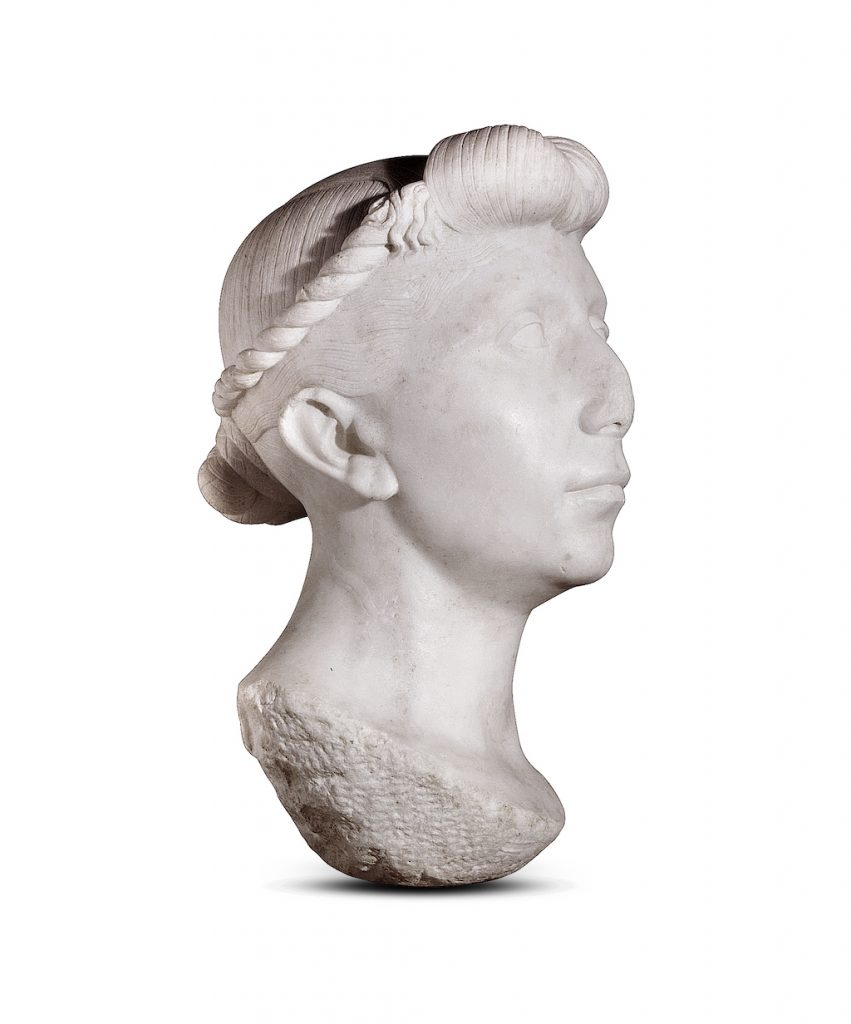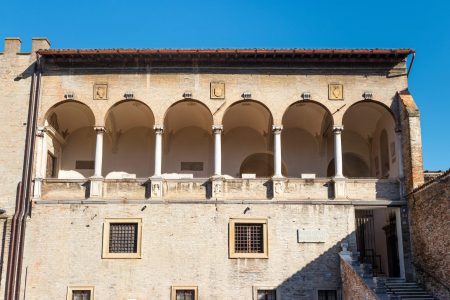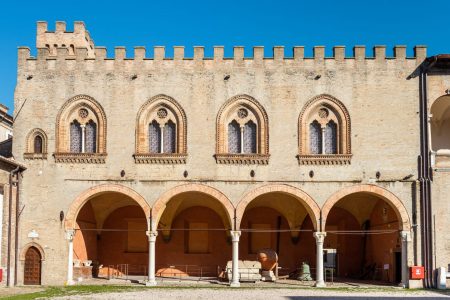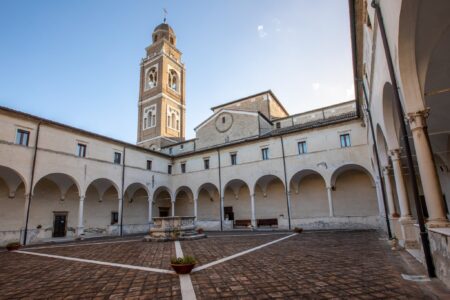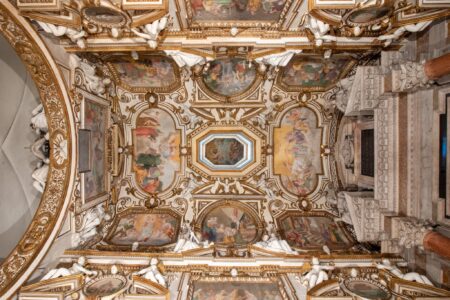The Roman Fano
Be inspired by history as you stroll among the monuments, such as the famous Porta della Mandria and the Archaeological Excavations, and be enraptured by its sites from other eras, such as the Pincio, which make Fano a little Rome, where new discoveries periodically resurface its multi-millennial history.
As evidence of the Roman period, Fano is also home to the remains of a bathhouse with an attached gymnasium and several private buildings, along with archaeological finds that are rediscovered on guided tours of the underground.
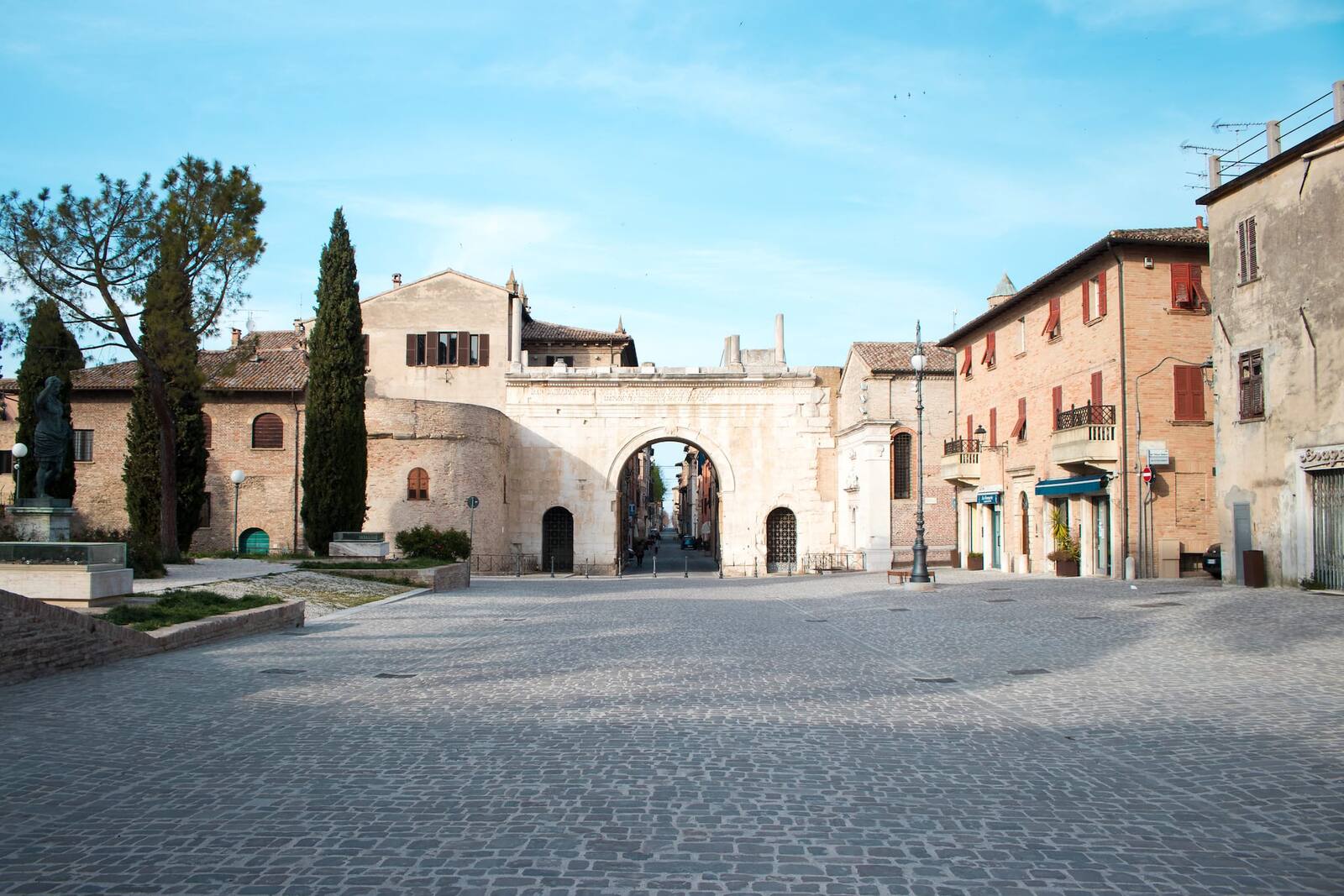
Fanum Fortunae
Fanum Fortunae owes its name to the goddess Fortuna and the temple dedicated to her, erected to commemorate the battle of the Metaurus River in which the Roman legions defeated the Carthaginian army
It was precisely around the temple that the first settlement sprang up. An outlet to the sea of the ancient Via Flaminia, Fano was walled by Emperor Caesar Octavian Augustus, who built the gateway to the city, the Arch of Augustus, and commissioned the famous architect Vitruvius to erect a basilica here.
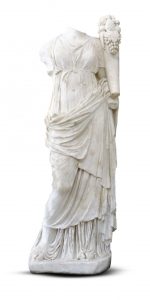
Arch of Augustus
A visit to Roman Fano can only begin at the Augustus Arch. Always a symbol of the city of Fano, it was in Roman times the main gateway to the Colonia Julia Fanestris, dedicated by Emperor Augustus on the site of a settlement developed around the republican Fanum Fortunae (temple dedicated to the Goddess Fortuna). Built at the point where the Via Flaminia joins the city’s Decumanus Maximus, the monument is dated, through the frieze inscription, to 9 A.D.rnrnRealized externally in squared blocks of limestone from quarries on Mount Nero, the Porta is divided into two minor side fornixes and a major central fornix: the keystone of the latter is decorated with a representation of an animal that is no longer recognizable.rnThe stones from the attic, demolished by the Duke of Urbino Federico da Montefeltro in 1463, were reused in the construction of the adjacent church of San Michele.
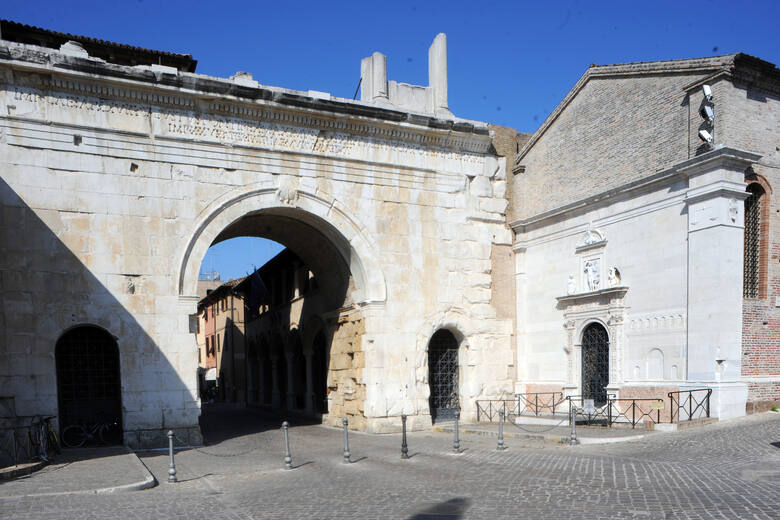
Augustan Walls
Continuing our journey northward we encounter the Augustan Walls. Intended by Emperor Augustus in the grandiose project of monumentalizing the city and completed in 9 AD, the walls are still preserved today for about two-thirds of the original circuit.
The curtain wall, which was rescued from demolition in the 1920s, is made of sandstone ashlars arranged in horizontal rows with an inner filling of mortar and working flakes and is interspersed in regular spaces with cylindrical towers. In addition to the well-known Porta d’Augusto, a secondary gate called the Porta della Mandria is inserted into the walls, useful for the flow of traffic exiting the walls to the north.
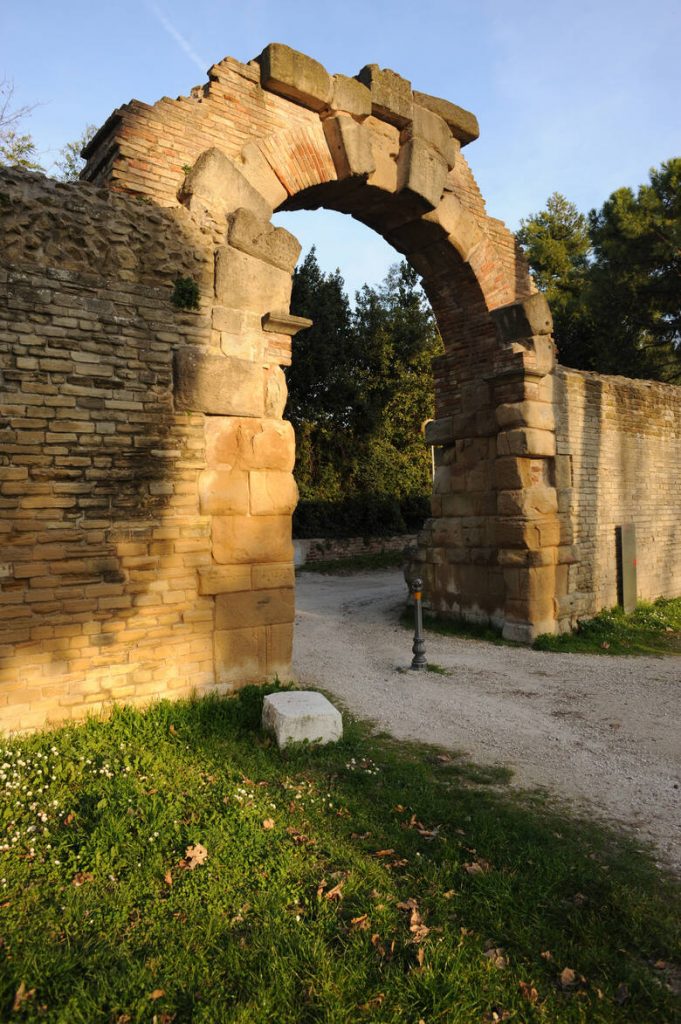
St. Augustine Archaeological Area
Of great fascination are the imposing wall structures found beneath the Church and Convent of St. Augustine that have stimulated the imagination and aroused the interest of scholars and enthusiasts for centuries.rnrnIdentified alternately with the Basilica designed by the architect Vitruvius and described in the u0022De Architecturau0022 or with that u003cemu003eFanum Fortunaeu003c/emu003e that gave the city its name, the remains consist of a long stone block wall interspersed with pillars and windows, small arches arranged in a fan shape, a wall with an apse, columns and drainage channels.
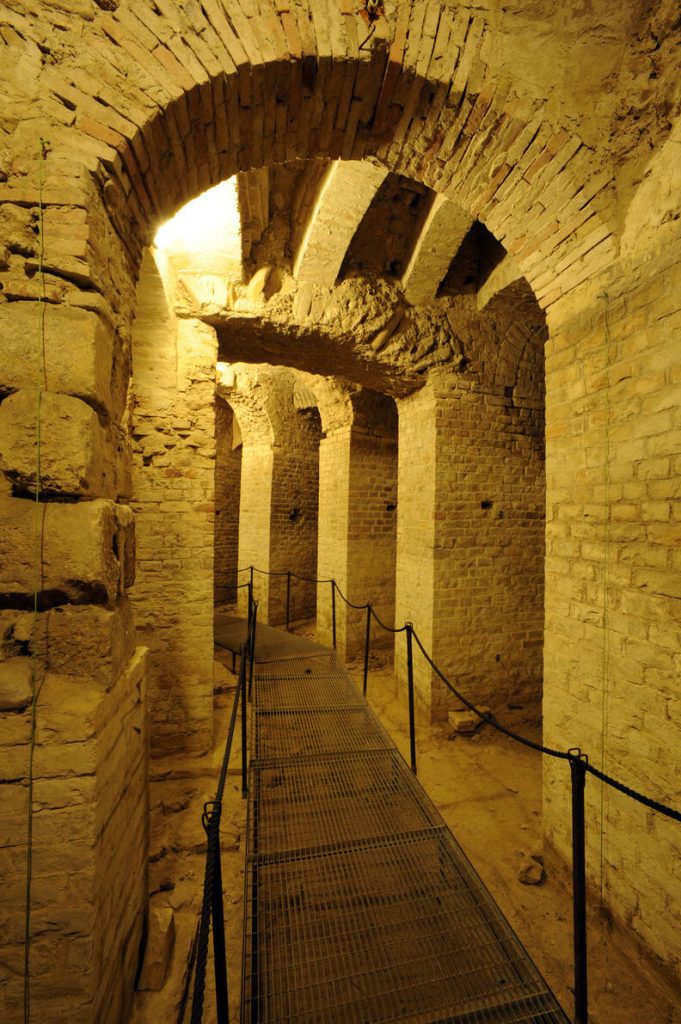
City Museum, archaeological section
Set up on the ground floor of the Palazzo Malatestiano, the Archaeological Section houses artifacts from various periods found in Fano and its territory as far back as past centuries. The so-called panther mosaic (datable to the mid-2nd century A.D.) has also been reassembled under the 15th-century portico of the Corte Malatestiana.rnrnInside there are showcases that hold prehistoric, Picenian and Greek finds. Other showcases hold Roman artifacts (ampullae, lachrymates, a collection of oil lamps, fragments of glass, votive terracottas, idols, brooches, rings and more) of various and not always documented provenance.rnrnParticularly noteworthy are the famous Graccan cippus that testifies to the implementation of the Lex Sempronia (133 B.C.) in the Fanese territory as well, a statuette of a young man with toga praetexta, bulla and footwear, the large mutilated statue depicting Emperor Claudius, a number of stone and marble heads, including a splendid female head with Octavia-style hairdo (late sec. I B.C.), various architectural and sculptural fragments, amphorae, terracotta floor tiles and the central emblem of the so-called Neptune mosaic with the image of the god standing on a quadriga pulled by hippocampi (late 2nd and early 3rd centuries A.D.).
